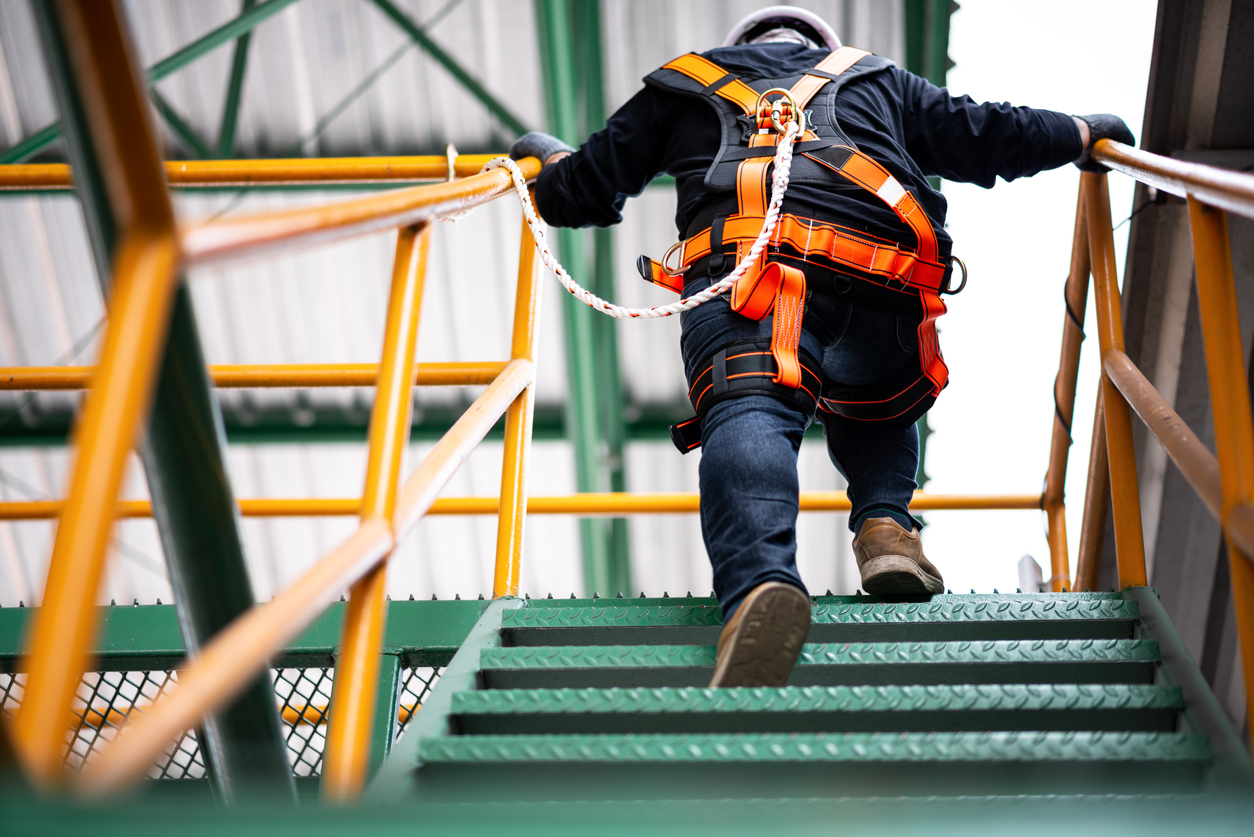TWO OFFICES IN NEW YORK CITY • Hablamos Español

New York’s personal injury law firm
Click For Your Free ConsulationNYC Personal Injury Lawyer » New York Personal Injury Blog » Most Dangerous Jobs in the U.S. According to OSHA
Posted in Workplace Accidents on January 2, 2024

Occupational hazards are an unfortunate reality for many professions. The Occupational Safety and Health Administration (OSHA) is an agency regulating workplace safety.
According to OSHA, some jobs are more dangerous than others. The below occupations are particularly dangerous and have a high rate of workplace injuries.
Among the most perilous professions, logging topped the list in 2023. Loggers operate in demanding terrains, maneuvering heavy machinery in densely forested areas. Falling trees, equipment malfunctions, and unpredictable environmental conditions may hurt loggers.
Roofing is another occupation fraught with hazards. Roofers work at considerable heights. They are also exposed to extreme weather conditions, and risk falls or equipment-related accidents.
The fishing and hunting industry also presents significant dangers. The work is physically demanding. Workers in these professions must also brave unpredictable weather conditions. Hunters, in particular, risk injury in “friendly fire” incidents.
Construction sites contain many hazards. Workers may experience falls, machinery accidents, electrical mishaps, and exposure to hazardous materials. Falling materials may also cause concussions and other traumatic brain injuries. These risks make construction one of the most dangerous fields.
While seen as glamorous, aviation professions carry many risks. These risks include high-stress situations, mechanical failures, and the potential for catastrophic accidents.
Mining has historically been a dangerous profession. Iron and steelworkers risk falls, injuries from tools, and exposure to hazardous materials. Bending and welding steel use high heat, which can cause severe burns.
Delivery and truck driving involve long hours. Drivers may get tired or run into dangerous road conditions. Larger trucks may have a difficult time reacting to sudden obstacles and shifts on the road.
Garbage and recycling collectors are exposed to hazardous materials. They risk injuries from heavy machinery and from handling waste. Injuries include repetitive strain injuries and illness from exposure to hazardous materials.
Common risks in agriculture include heavy machinery and exposure to chemicals. People may get into accidents involving animals or farm equipment. Pesticide toxicity, in particular, can cause respiratory and nervous system injuries.
Operating heavy machinery in confined spaces poses significant risks. Risks include cave-ins, equipment failures, and exposure to harmful gases. Some mining professions include blasting. This is an “abnormally dangerous activity” that it is subject to strict liability.
The professions above pose significant risks, but other occupations do as well.
Other examples of dangerous jobs include the following:
Injuries and fatalities continue to happen across a range of professions.
After a work-related injury, you should document the injury and scene. Take photos and witness statements. Then, seek immediate medical attention for treatment and documentation of the injury.
Workers’ compensation insurance exists to support employees injured on the job. You deserve compensation after a work-related injury. An attorney can help you file a claim and negotiate on your behalf. Consult an attorney before making statements to your employer or insurance provider.
If you need legal assistance, contact the New York City personal injury lawyers at Law Offices of Jay S. Knispel Personal Injury Lawyers at your nearest location to schedule a free consultation.
We have two convenient locations in New York:
Law Offices of Jay S. Knispel Personal Injury Lawyers – New York City Office
450 7th Ave #1605
New York, NY 10123
(212) 564-2800
Law Offices of Jay S. Knispel Personal Injury Lawyers – Brooklyn Office
26 Court St Suite 2511
Brooklyn, NY 11242
(718) 802-1600
Recent Posts
Categories
